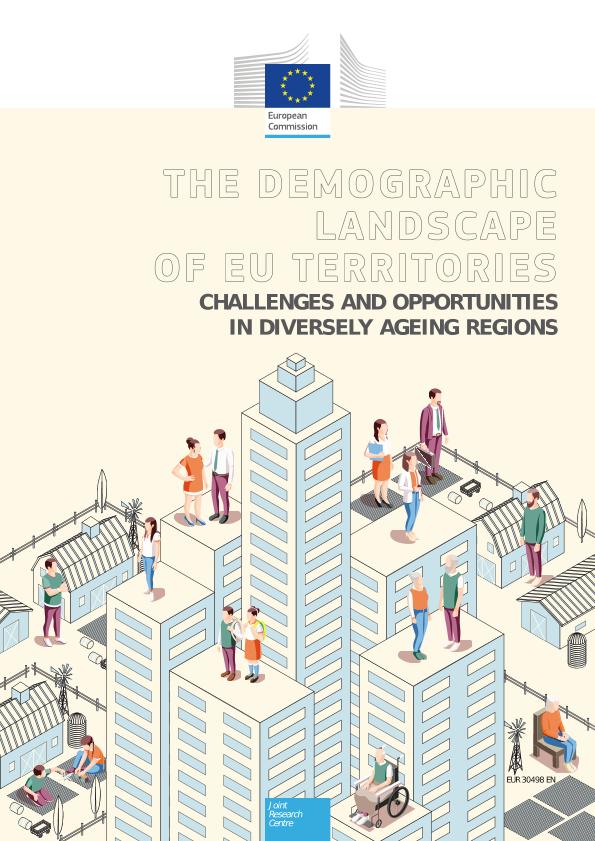- kennisvanstadenregio
- Kennisdossiers
- Kennisdossier Bevolkingsdaling
- Publicaties over krimp (2022-2006)
- The Demographic Landscape of EU Territories
Inhoud
- Bevolkingsdaling: wat is het?
- Beleid voor bevolkingsdaling: een korte geschiedenis
2.1 De krimp bestrijden
2.2 Bewustwording: Eerste Actieplan Bevolkingsdaling – 2009
2.3 Programmering en uitvoering: Tweede Actieplan Bevolkingsdaling – 2016
2.4 Provincies
2.5 Gemeenten - Bevolkingsontwikkeling en prognoses
3.1 Inleiding
3.2 Drijvende krachten achter bevolkingsontwikkeling
3.3 Bevolkingsontwikkeling in Nederland
3.4 De zeggingskracht van prognoses
3.5 Onwaarschijnlijkheden en scenario’s
3.6 Conclusie - Ontwikkelingen per domein
4.1 Wonen
4.2 Gezondheid en zorg
4.3 Onderwijs
4.4 Regionale economie en arbeidsmarkt
4.5 Bereikbaarheid - Praktijkvoorbeelden
5.1 Aanpak huisartsentekort
5.2 Toekomstgericht bouwen in Biggekerke
5.3 Zelfrijdende shuttlebus bij Ommelander ziekenhuis
5.4 Toekomst wonen in Beltrum
5.5 Gefaseerde strategie voor de herontwikkeling van Rolduckerveld
Contact
The Demographic Landscape of EU Territories
Challenges and opportunities in diversely ageing regions
This report aims to examine the territorial diversity of ageing across the EU, to understand the main drivers behind these differences, and to explore their relationships with access to services and amenities, regional economic performance, and political attitudes and behaviours.
This study is innovative because it explores changes in age structure at various geographical levels through time, from highly detailed data at grid level to municipalities and regions (NUTS3).
Policy actions have a limited ability to affect demographic trends, and need time. Yet, policies can intervene to ensure that the effects of the demographic change the EU is undergoing do not have critical repercussions on its economies, productivity, social cohesion, and
democratic life. The findings of this report emphasise the key role that scientifically robust knowledge concerning the demographic specificities of territories may play in support of both EU regional policies and cohesion policies.
- Download de publicatie (pdf, 7,6 MB)


